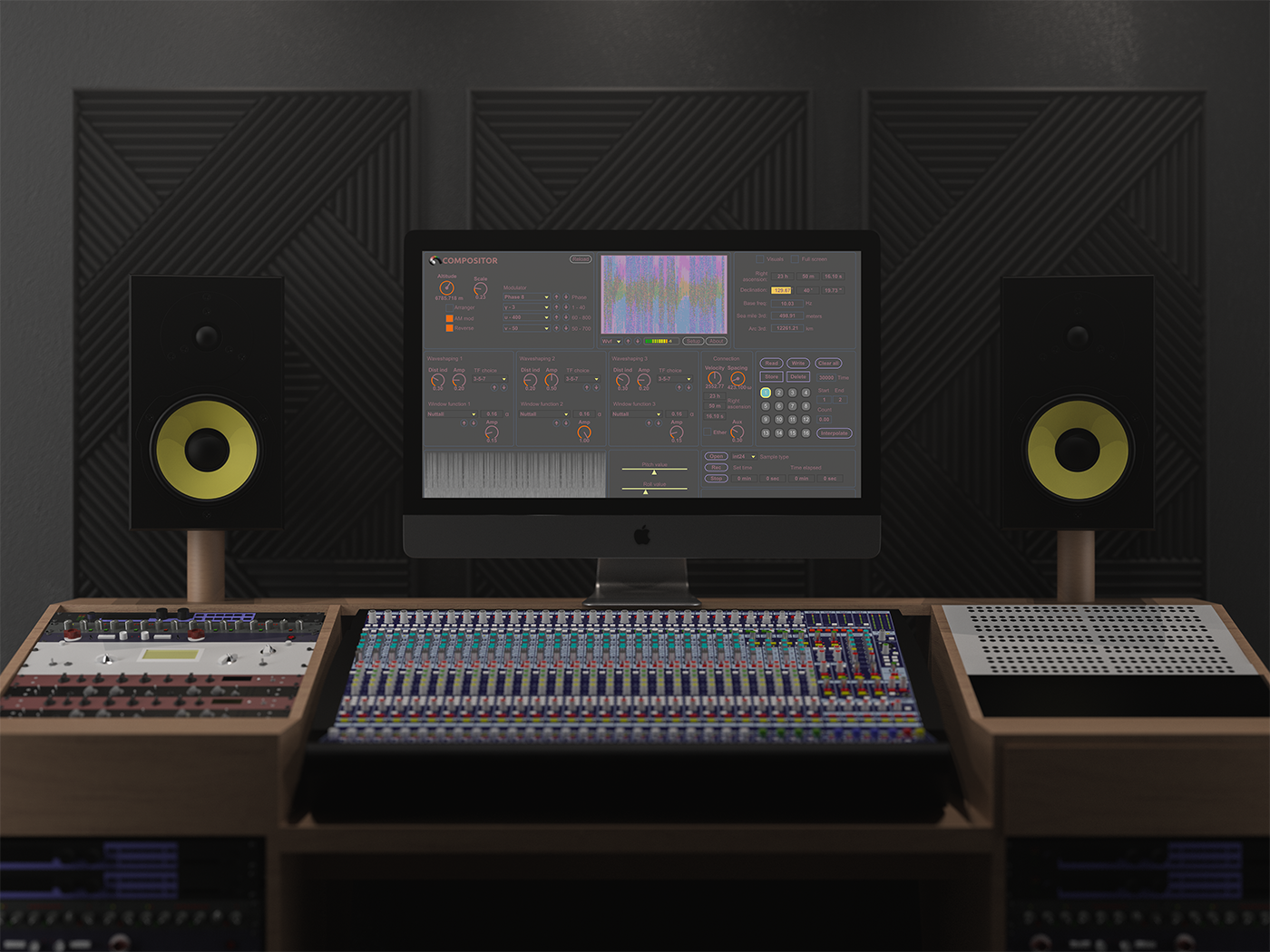NPO Compositor adapted NRTOS 9.0.2 It took more than two years to adapt the Compositor 9 software from Compositor Software into Russian language. NPO Compositor has done a great job of introducing new functions and protocols into Compositor 9. The interface and documentation has been translated into Russian language and consists of chapters on IP switching and routing (2700 pages…

RTOS version 9.0.2 a16 assembled It took more than 1.5 years to work on solving the problem of Compositor AV Extended interface break-through (which is the main interface of RTOS). This problem occurred during the dial-up of routing tables for establishing a tunnel connection. The way to recreate it: first, RTOS protocols are dialed by injecting routing tables into them,…
Compositor RTOS from PRO 1 to 9.0.2 I’m here to inform you that Compositor Software is about to reveal the whole working routine on OS right from Compositor PRO v1. First, I revealed the protocols used in Compositor v9. Now, I know that counters in VSF platform scan autonomous systems in two formats: asplain and asdot+. Here how it looks:…
Compositor reached the fastest bpm in music sequencer 8192 is the number of beats per minute Compositor AV Extended radio channel reached in Compostior v9.0.2 Hypervisor. The number is not taken random. It is 2^13 and forms 13 bits of first hextet of IPv6-address. The next 3 bits are taken from the multiplier. So, yes now Compositor officially supports IPv6…